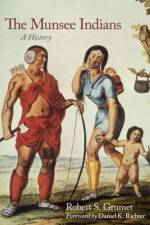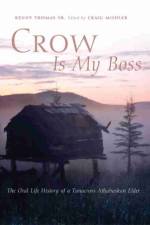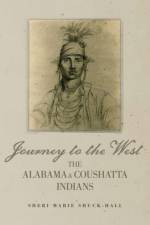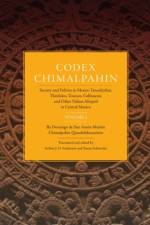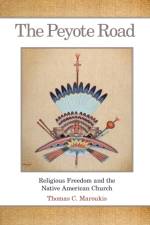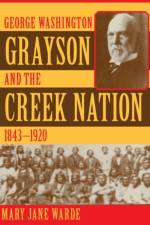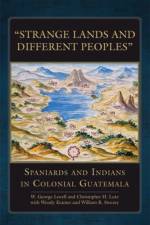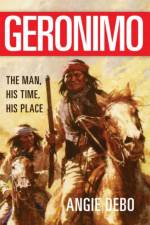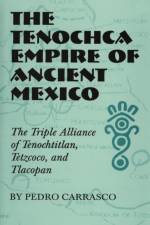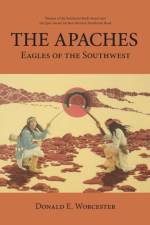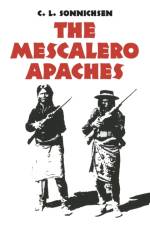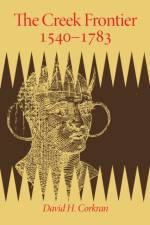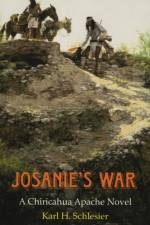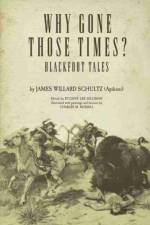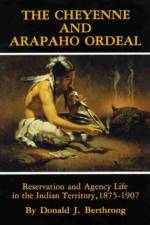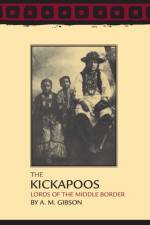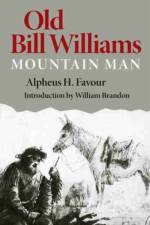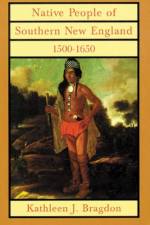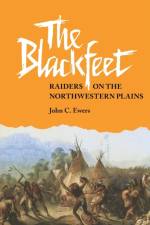- A History of the Brule Sioux
av George E. Hyde
377
"An outstandingly clear picture of Spotted Tail . . . the definitive work."-Saturday ReviewSpotted Tail, the great head chief of the Brule Sioux, was an intelligent and farseeing man who realized alone of all the Sioux that the old way of life was doomed and that to war with the white soldiers was certain suicide. Although he was branded a traitor by many members of his tribe, the canny Brule, with all the skill of an accomplished diplomat, fought a delaying action over the council tables with the high officials in Washington. The only man in the tribe big enough to stand up to the whites and insist upon the rights of the Brulés under existing treaties with the U. S. government, he used every means available to him, short of a shooting war, to protect his people from being rushed into the white man's ways by government agents and eastern "Friends of the Indians."Thus the story of Spotted Tail is the story of the Brulé struggle against being made into imitation whites overnight, even when they were forced on the reservation, where they were expected to farm the land, raise cattle, send their children to school, and adopt Christianity-all at once.The assassination of Spotted Tail in 1881 by his political enemy, Crow Dog, ended the history of the Brulé Sioux as a tribe. With the great voice stilled, at Rosebud Agency only the voices of little men were heard, quarreling about little matters. With his death, the government effected its purpose: to break the tribal organization to bits and put the Brulés under the control of their white agent.George E. Hyde was born in Omaha, Nebraska, in 1882. As a boy he became interested in Indians and began writing about them in 1910. He has produced some of the most important books on the American Indian ever written, including Indians of the High Plains, Indians of the Woodlands, Red Cloud's Folk, Spotted Tail's Folk, and Life of George Bent, all published by the University of Oklahoma Press. Hyde died in Omaha, Nebraska, in 1968 at the age of 86.


